From ancient civilisations to modern urban landscapes, the history of graffiti art is a fascinating journey of creativity, evolving from ancient inscriptions to a global urban art form that continues to inspire and provoke.
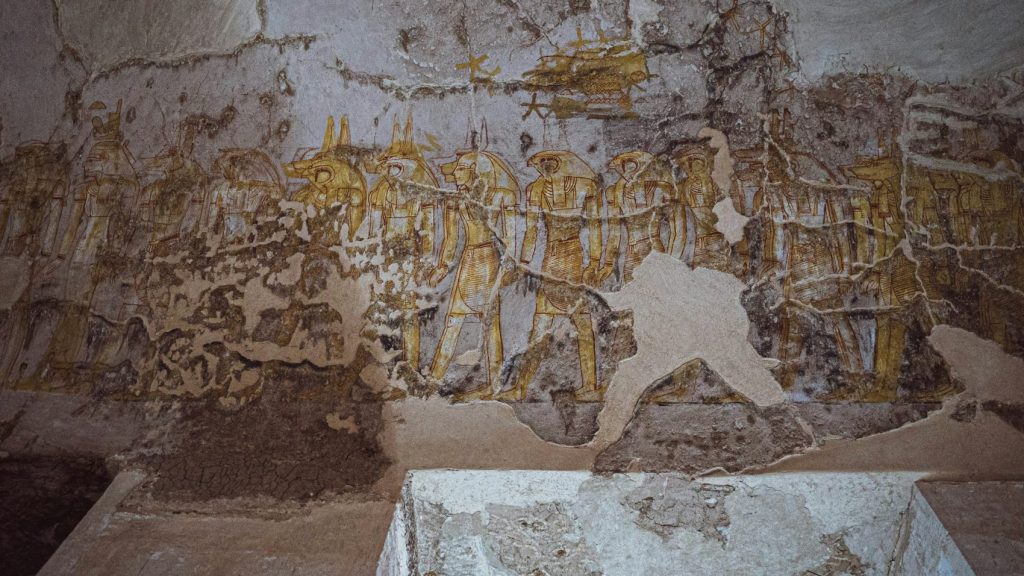
The history of graffiti art stretches back centuries. With early examples found in the ancient civilizations of Egypt, Greece, and Rome. In ancient Egypt, hieroglyphics adorned temple walls and tombs, serving as a means of communication and storytelling. Similarly, in Greece and Rome, citizens left their mark on public spaces. Inscriptions, messages, and political slogans etched into walls and monuments. These early forms of graffiti laid the foundation for the art form we know today. Demonstrating humanity’s innate desire to leave a lasting impression on the world around us.
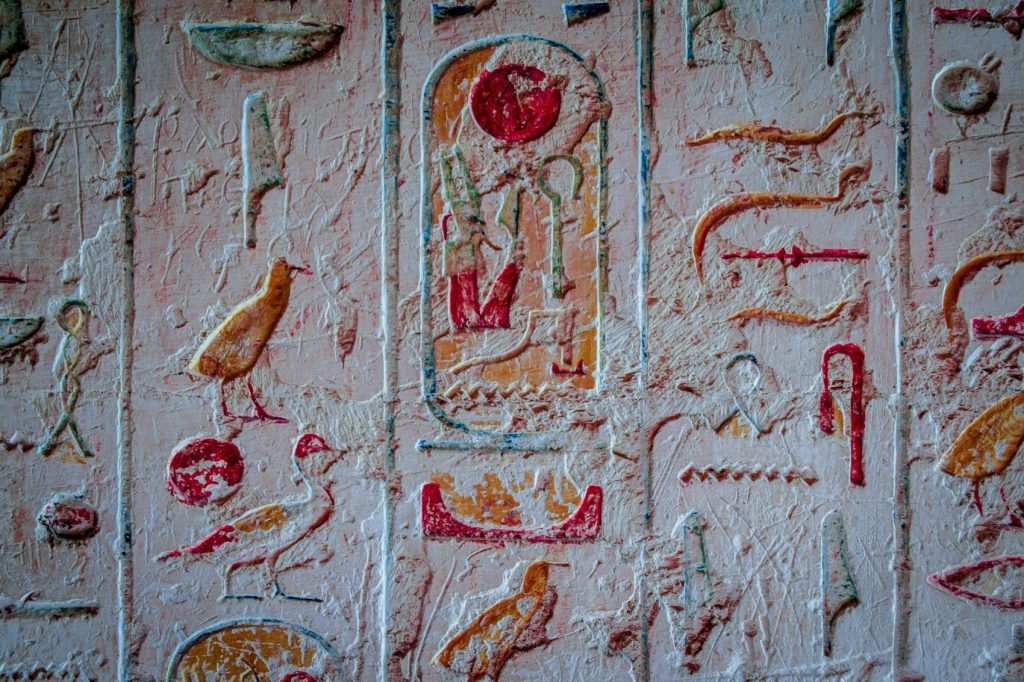
Rise of Urban Street Culture
Fast forward to the 20th century, and graffiti takes on new significance. A symbol of rebellion and self-expression within urban street culture. In cities like New York City and Philadelphia, graffiti emerged as a form of protest and defiance among marginalised communities. Artists known as “taggers” or “writers” began leaving their mark on city streets, subway cars, and abandoned building. Using pseudonyms or “tags” to assert their presence and reclaim public spaces for creative expression.
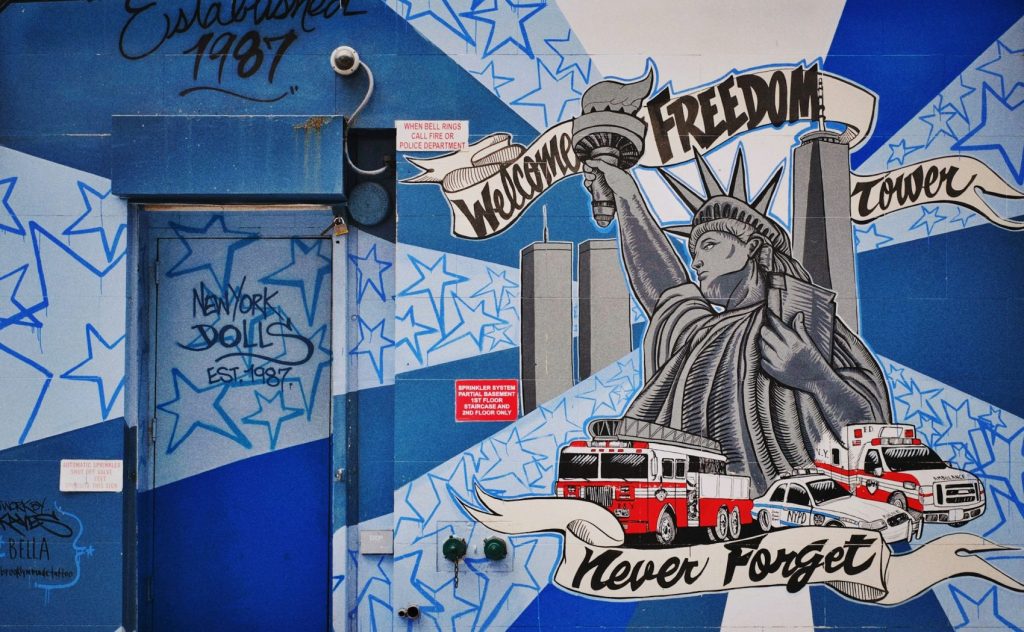
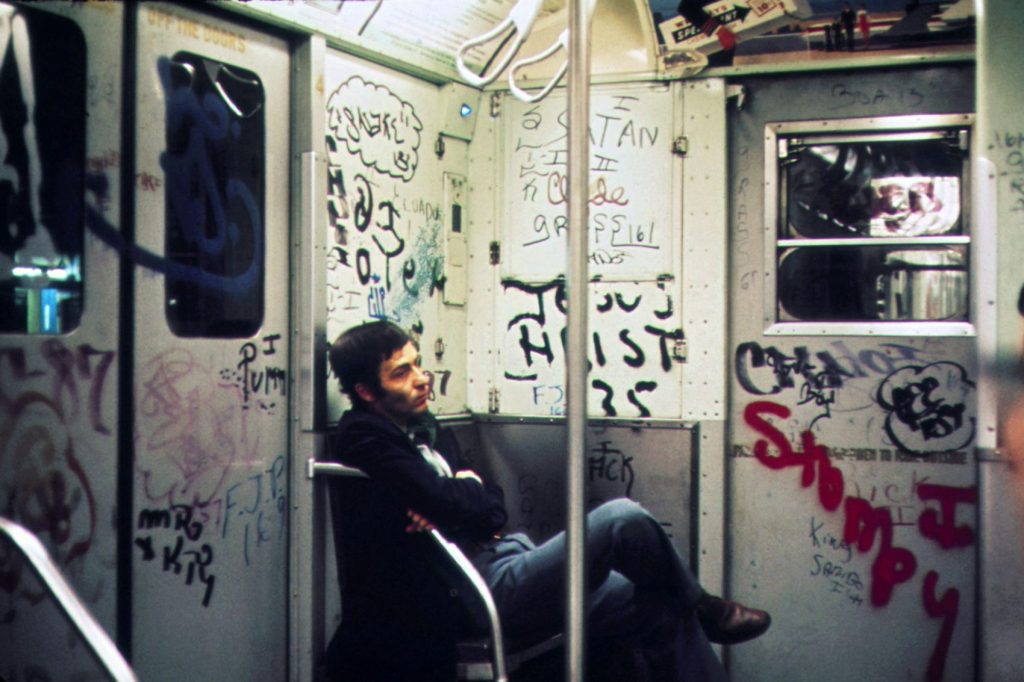
The Graffiti Movement
The 1970s and 1980s saw the graffiti movement gain momentum. Fuelled by the rise of hip-hop culture and the widespread availability of spray paint as a medium. Graffiti evolved into distinct styles and forms, ranging from simple tags to elaborate murals and pieces. Artists developed their own unique techniques and aesthetics. Drawing inspiration from diverse sources, including cartoons, comics, and typography. However, graffiti was not without controversy, with many viewing it as vandalism and a blight on urban communities. Despite efforts by authorities to crack down on graffiti, artists persisted, driven by a sense of defiance and a desire to challenge societal norms.
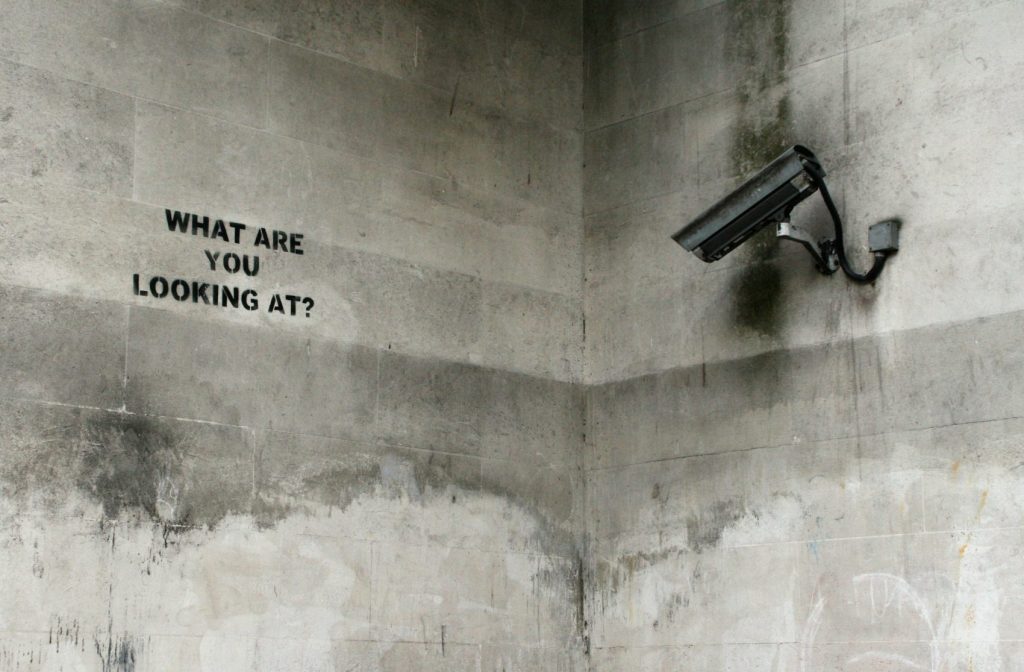
Recognition as an Art Form
In recent years, graffiti has gained greater recognition as a legitimate art form, thanks in part to artists like Banksy who have achieved international acclaim for their work. Galleries and museums around the world now exhibit graffiti-inspired artwork, recognising its cultural significance and artistic merit. Graffiti continues to evolve and adapt, embracing new technologies and platforms while staying true to its roots as a form of creative expression. Whether it’s mural art adorning city walls, digital screens, or gallery walls, graffiti remains a powerful medium for storytelling, challenging norms, and sparking dialogue about the world we inhabit.

